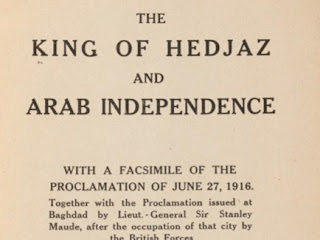
It would be very difficult at the present time to clearly define the geographical boundaries of the Asiatic regions inhabited by closely intermixed Kurds and Armenians. By tracing a diagonal line from the Black Sea, in the neighbourhood of Batoum, to the Persian Gulf and passing through Suleimanieh, you will find Kurds on each side of that line. It seems as if the Kurdish population will not cease to spread until it finds no more territory before its path. It extends towards the Western part of Mesopotamia, it encroaches upon Syria, it is scattered all over the Plain of Koniah, reaching the neighbourhood of the Bosphorus. The Western and North- Western portions of Persia are belonging, as it were, to the Kurds, whilst on each side of the TurcoPersian frontier, between Suleimanieh and Bayazid, they form a compact mass which dwells over the whole boundary line, forming a zone which is lying between Persians and Osmanlis. Its propagating and assimilating power is immense. At the begin- ning of the Seventeenth Century Shah Abbas Mirza Khan con- ceived the idea of implanting Kurdish colonies in Khorassan for the purpose of repelling the incursions of Turcomans, against whom the inhabitants were powerless. The 15,000 families sent there at that time have developed now into 45,000 families, which represent in round numbers 275,000 Kurds who are settled in the provinces of Boundjour, Dereghez, and Koutchan. As for the Ottoman Empire the Kurds are extending as far as the Lower Tigris, and are assimilated to the Turcoman tribes, especially the Hamawanes. In the Suleimanieh district the Arabs, who were the original settlers, have become Kurds, and use a Kurdish dialect, Kurdish customs and Kurdish various creeds, but it should be noticed that in regard to ethnography the Semitic type has absorbed the Iranian. The same phenomenon applies to the Tairanians, who, being dispersed over the Taurus table- land have become Kurds or semi-Kurds.
Kurds and Mussulmans are inseparably linked together, albeit the former are affiliated to nearly all sects and creeds in Asia Minor
Whilst I was collecting information about the topographic situation of each tribe and its movements I have obtained an exact notion of the number of families and tents, and also of the houses in each village. This has enabled me to collect all the necessary facts for the purpose of drawing the map of Kurdistan, with the names of all the communities and tribes. The reader will find at the end of this sketch the tables of the Armenian population as compared with the Mussulman in the vilayets where Armenians are in number and where they are to be found intermixed with Kurds, including the vilayet of Trebizond, where Kurds are merely passers by, and also of the vilayet of Mossoul, which forms an integral part of Kurdistan, and where no Armenians are to be found. The relative number of each race is moreover to be found in the grand total and not in each locality, as for instance there are 47,200 Armenians at Trebizond, whilst at Mossoul there are 50,000 Kurds :











